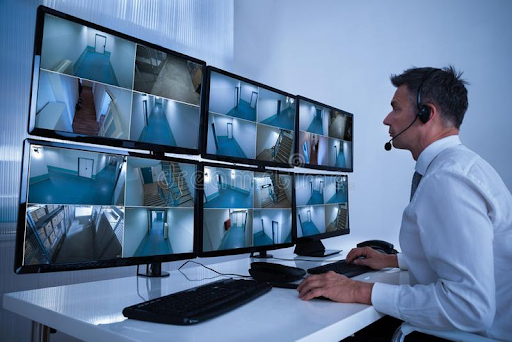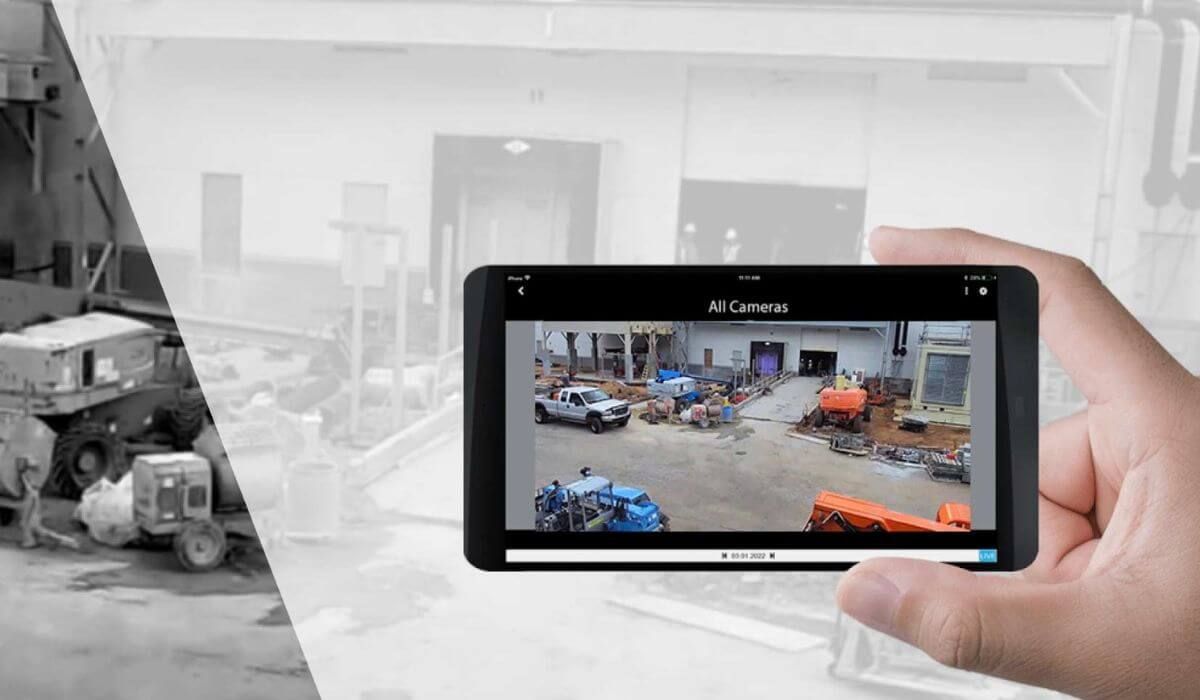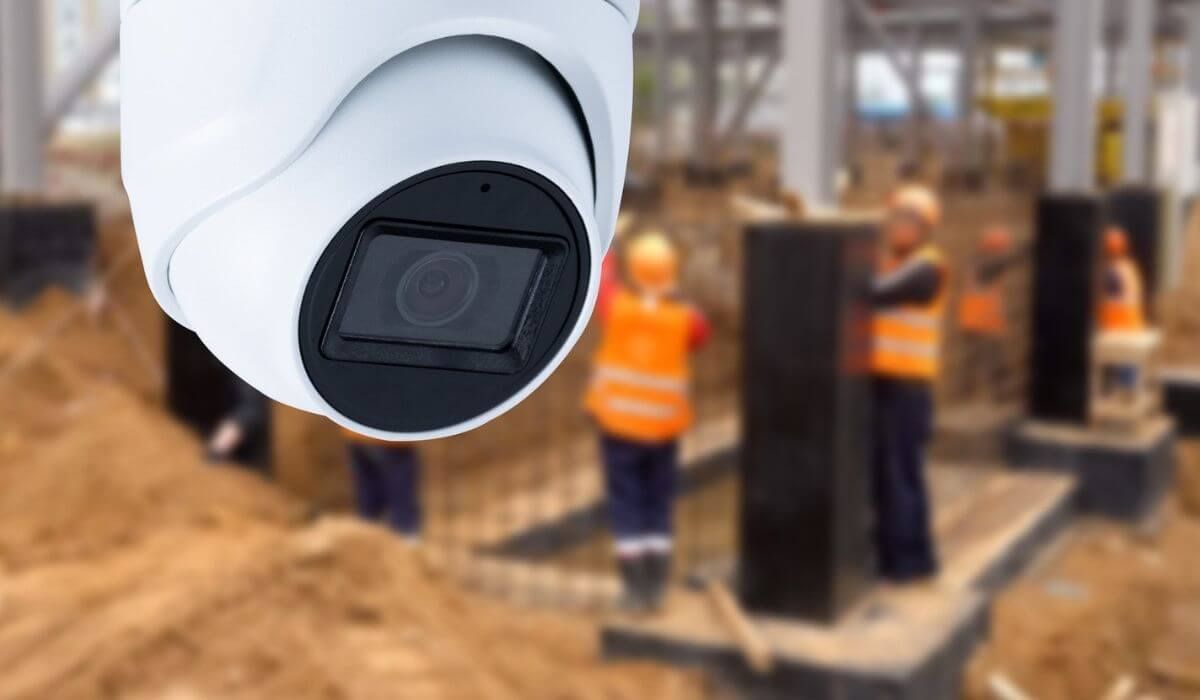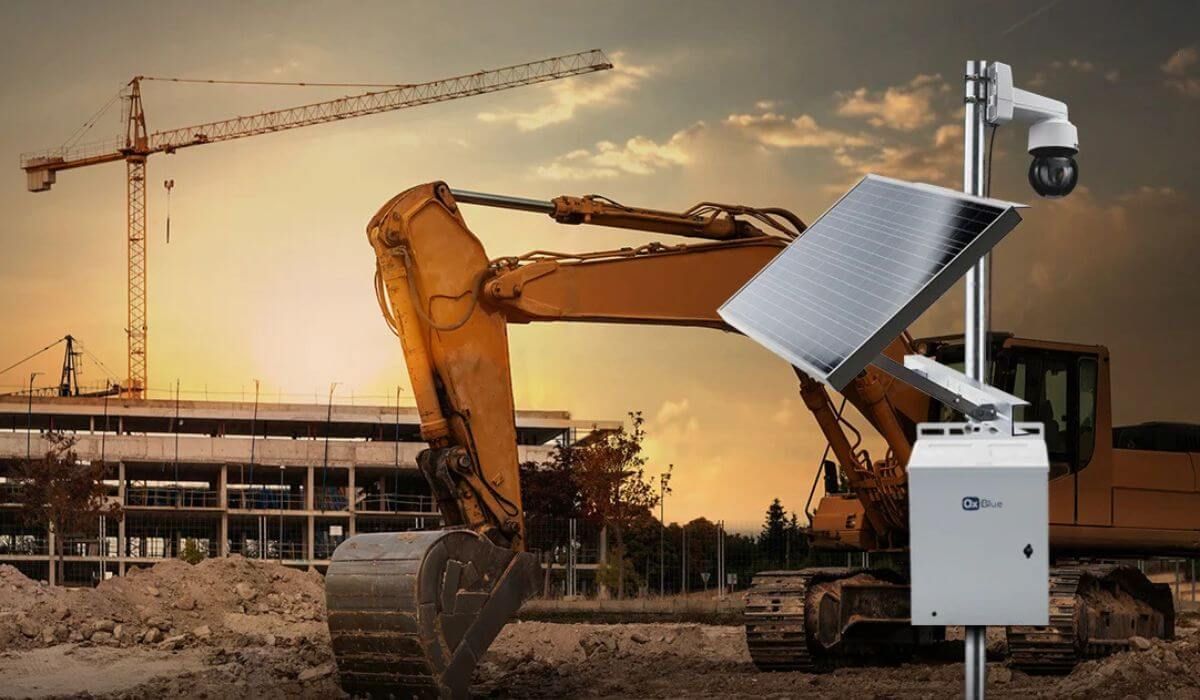Understanding Hybrid Camera Systems: A Detailed Guide
In today's security landscape, businesses and homeowners alike are constantly evaluating their options for robust surveillance systems. While traditional analog
CCTV systems have served their purpose for decades, advancements in digital technology have opened doors to even more powerful solutions. Hybrid camera systems have emerged as a compelling middle ground, offering a blend of both analog and digital functionalities. This guide delves into the world of hybrid camera systems, explaining their components, how they work, and the advantages they provide.
What Are Hybrid Camera Systems?
A hybrid camera system bridges the gap between analog and digital security solutions. It integrates both types of cameras within a single network, allowing you to leverage the existing infrastructure of an analog system while incorporating the advanced features of digital technology. Imagine it as a translator, seamlessly converting analog signals from traditional cameras into a format compatible with digital recording and management systems.
Components of Hybrid Camera Systems
- Digital Cameras: These high-tech cameras capture crystal-clear, high-resolution video footage and offer advanced functionalities like night vision and motion detection. They utilize ethernet cables for data transmission, providing a more robust connection compared to traditional coaxial cables.
- Analog Cameras: These workhorses of the security industry have been around for years, utilizing traditional coaxial cables for transmitting video signals. They are often found in older security setups and can be a cost-effective option, especially for areas with lower security risks.
- Recording Technology: The brains of the operation, a Network Video Recorder (NVR) is responsible for processing, storing, and managing the digital video data captured by the cameras. Some hybrid systems utilize Digital Video Recorders (DVRs) that are compatible with both analog and digital signals.
How Do Hybrid Camera Systems Work?
The beauty of hybrid systems lies in their ability to seamlessly integrate these components. Here's a breakdown of the magic behind the scenes:
Signal Processing in Hybrid Systems
- Video Conversion: Analog signals from traditional cameras are no strangers to the NVR. The system acts as a translator, converting these analog signals into digital data streams for processing and storage.
- Signal Integration: Once converted, the digital data from the new cameras joins the native digital signal from the IP cameras. The NVR seamlessly integrates both streams into a single recording solution, providing a unified view of your entire surveillance network.
- Data Transmission: Unlike analog systems limited by coaxial cable lengths, digital data can be transmitted over networks. This allows for remote access and monitoring of your security system from anywhere with an internet connection, providing greater flexibility and control.
Advantages of Using Hybrid Camera Systems
The marriage of analog and digital technology in hybrid camera systems offers a compelling combination of benefits, making them a popular choice for various security needs. Let's explore the key advantages:
Cost-Effective Solutions for Diverse Environments
- Budget-Friendly: By leveraging existing analog infrastructure, hybrid systems can significantly reduce the overall cost of a security system upgrade. You can continue to utilize your existing coaxial cables and analog cameras, reducing the need for extensive rewiring or replacing perfectly functional equipment.
- Retrofitting Existing Systems: If you have an older analog CCTV system in place, a hybrid system allows you to breathe new life into it. You can gradually upgrade your security setup by strategically adding digital cameras while maintaining compatibility with your existing analog components. This phased approach can be easier on the budget compared to a complete system overhaul.
- Scalability Benefits: The beauty of a hybrid system lies in its ability to grow with your needs. As your security requirements evolve, you can easily expand the system by adding new digital cameras. The NVR can seamlessly integrate these new additions, providing a scalable solution for both small and large security setups.
Setting Up a Hybrid Camera System
Installing a hybrid camera system can be done by professionals or for the more technically savvy, as a DIY project. Here's a basic guide to get you started:
Installation Best Practices
- Professional Installation: For a guaranteed smooth setup and optimal performance, consider professional installation. Experienced technicians ensure proper camera placement, NVR configuration, and adhere to safety regulations, providing a secure and reliable system with ongoing support.
- DIY Setup: For the cost-conscious DIYer, careful planning is key. Ensure compatibility between components and meticulously plan camera placement. Follow manufacturer instructions for installation and configuration, and conduct thorough testing to ensure functionality. Refer to the Maintenance Routines section for ongoing system upkeep.
Conclusion
Hybrid camera systems offer a compelling solution for businesses and homeowners seeking to enhance their security posture. They provide a cost-effective way to leverage existing infrastructure while integrating the advanced features of digital technology. Whether you're considering a complete security system overhaul or a phased upgrade, hybrid systems offer a versatile and scalable approach to meet your evolving needs.
FAQs about How Hybrid Camera Systems Work
Q: Can hybrid camera systems be integrated with existing CCTV networks?
Absolutely! Compatibility with existing analog infrastructure is a core advantage of hybrid systems. You can leverage your existing coaxial cables and integrate your analog cameras into the new system.
Q: What are the limitations of hybrid camera systems?
While offering a bridge between technologies, it's important to note that video quality from analog cameras might be lower compared to fully digital systems with high-megapixel IP cameras. Additionally, the overall system performance may be limited by the capabilities of the existing analog components.





